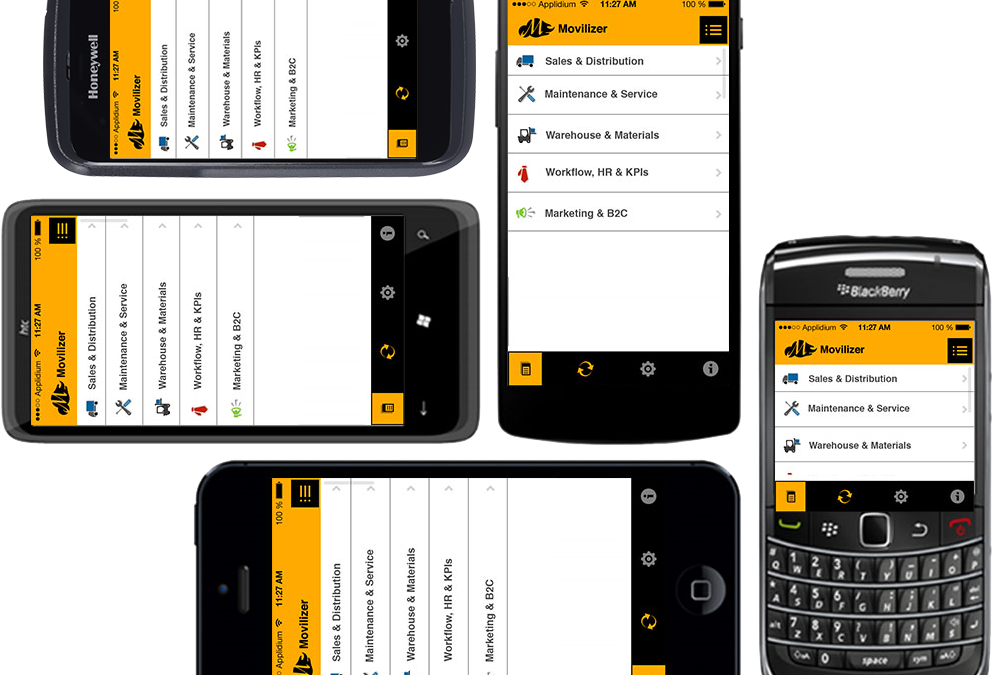Businesses are increasingly turning to cloud platforms for simplicity and cost savings. The cloud is the new go-to for data storage, IT infrastructure expansion, and application hosting, to reduce the IT staff’s support burden, and increase capacity and application access without adding new hardware.
The cloud provides global access to applications and data from any location and any device – which makes it perfect for field operations. Your field staff work from different locations each day, use a variety of devices, and can’t always come back to the office for software updates or bug fixes. A cloud platform for field operations makes operations available on any mobile device, while interconnecting them with the enterprise back-end system and with each other.
When searching for a cloud platform for field operations, consider the following features:
Deploy and Run Anywhere: Because field operations applications are hosted in the cloud, these solutions can run on any device – from rugged legacy handhelds to smartphones, tablets, laptops, and desktop systems. Cloud-based solutions are also operating system-agnostic. This makes it easy to use existing devices, while also providing an easy upgrade path to new hardware in the future. It is also much easier to use different types of mobile devices for different purposes without having to custom-code different versions of apps for different types of computers.
Online and Offline Availability: Field service and other remote staff often have to operate with limited or no access to the internet. There may be weak or non-existing wireless connections, or technicians may be working at a client location where tapping into the local network may be prohibited for security reasons.
Look for a cloud platform for field operations that enables users to work online as well as completely offline. You can choose to have the solution sync manually or automatically, depending on your preference and network availability.
Optimized User Experience: This goes beyond having an easy-to-master user interface. The cloud platform should not only be easy to navigate, but also responsive enough to recognize and eliminate potential pain points and provide a logical workflow. The platform should allow you to build apps that accommodate your company’s standards and branding, while making them easy to deploy, navigate, and upgrade.
Mash-Up Source Systems: Your field operations staff have to interact with multiple back-end systems through the day, and a cloud-based application platform can eliminate the complexity. Find a platform that allows you to “mash up” relevant source systems in a single app. This should make it easier to run multiple systems within a single application or exchange data between these systems. This feature can also streamline user authentication, while also creating a seamless user interface experience across multiple systems.
HTML5 Integration and Smart Scripting: For companies that want to create HTML5 apps that run on the cloud, the platform should include features that can streamline and accelerate the development process. The platform should provide offline availability for HTML5 apps, as well as the ability to manage very large data sets. The platform should also allow developers to access device-side capabilities while also ensuring secure communications.
The future of field operations lies in the cloud. Selecting the right cloud platform can make it easier and more efficient for employees to remotely access back-end systems. It will also make it easier to develop more useful mobile apps and to create applications that are flexible enough for use with current and future mobile devices. Choose the cloud platform that gives you the capabilities and flexibility you need.




